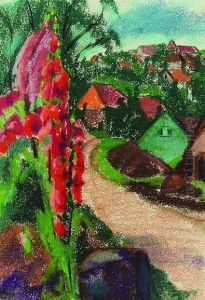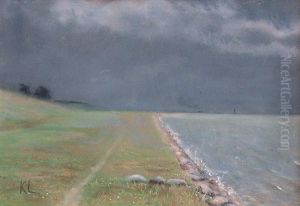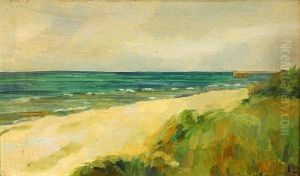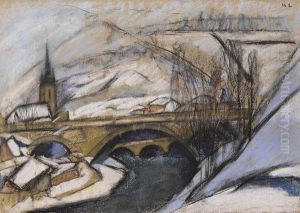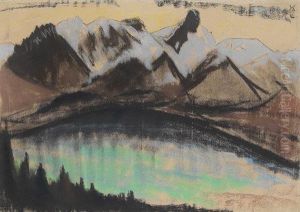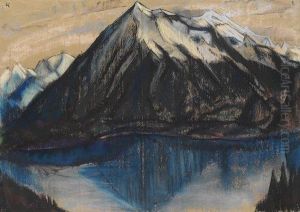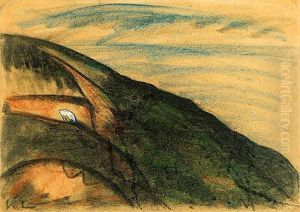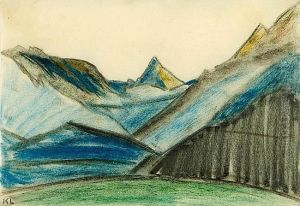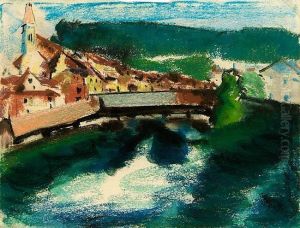Kathe Lowenthal Paintings
Käthe Loewenthal was a German-Jewish painter, born on August 17, 1884, in Stuttgart, Germany. Her work was primarily influenced by Impressionism, and she is known for her landscapes, still lifes, and portraits. Loewenthal's artistic journey began at a young age under the influence of her uncle, the writer and philosopher Fritz Mauthner. She pursued her passion for art by studying at the Stuttgart Art Academy and later at the Women's Academy in Munich, where she was taught by artists such as Wilhelm Trübner and Hugo von Habermann.
Loewenthal's style was characterized by a delicate use of color and fluid brushwork. She exhibited her work extensively during her lifetime, including at the Stuttgart Secession and the Berlin Secession, two important groups of artists who were breaking away from traditional academic art styles. Käthe was part of an emerging movement of women artists who sought recognition and equality in the arts during the early 20th century.
Tragically, Käthe Loewenthal's life and career were cut short by the rise of the Nazi regime in Germany. As a Jewish artist, she faced increasing persecution and was banned from exhibiting her work. In 1940, she was forced to leave her home and move to a Jewish retirement home in Stuttgart. On April 22, 1942, Loewenthal was deported to the concentration camp in Izbica, Poland, where she was murdered by the Nazis. Much of her artwork was destroyed during the war, but some pieces survived and have been exhibited posthumously, serving as a testament to her talent and the tragic impact of the Holocaust on the cultural heritage of Europe.
